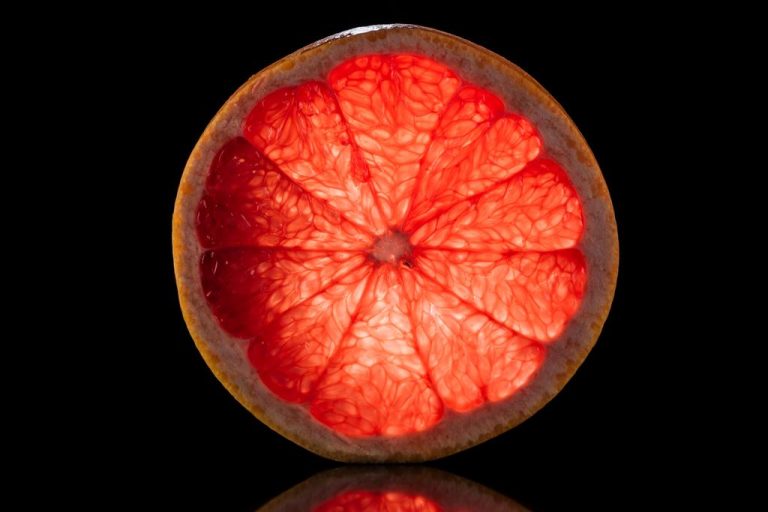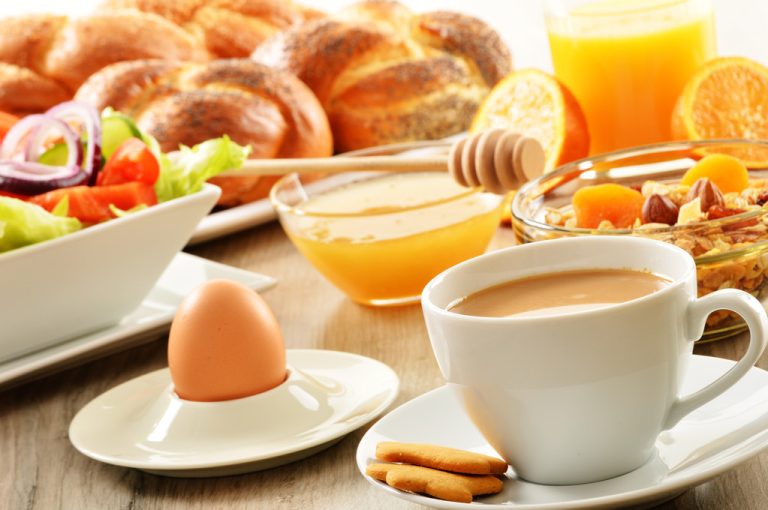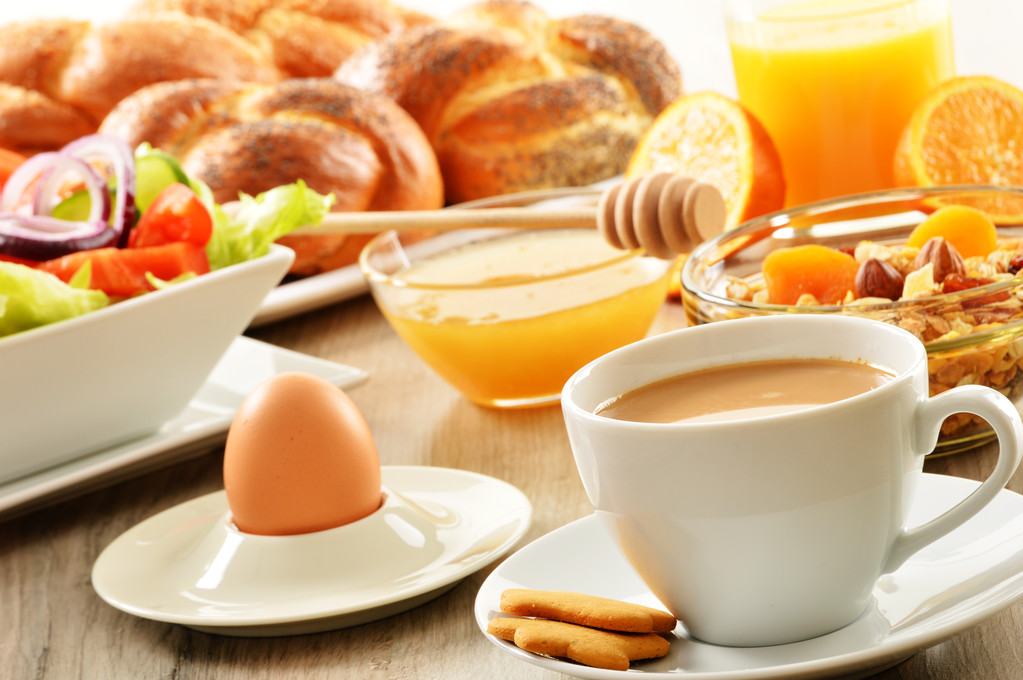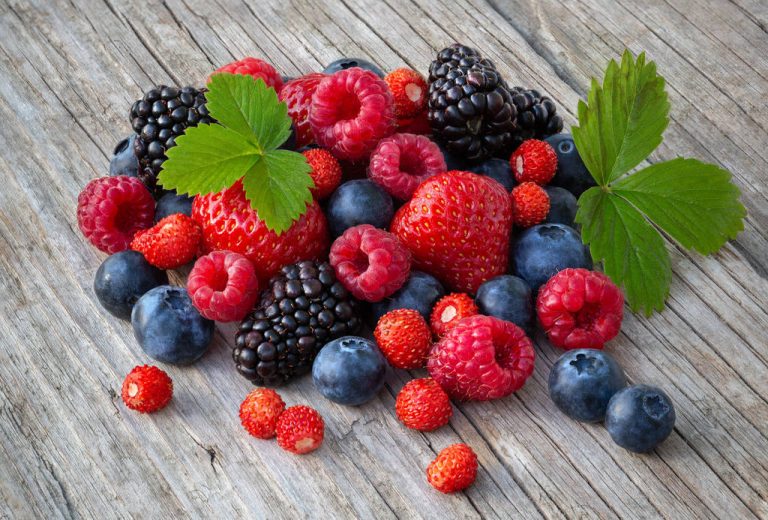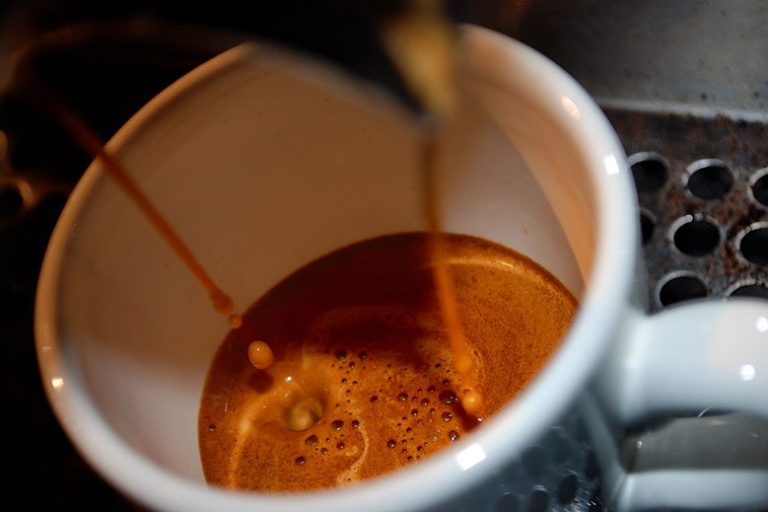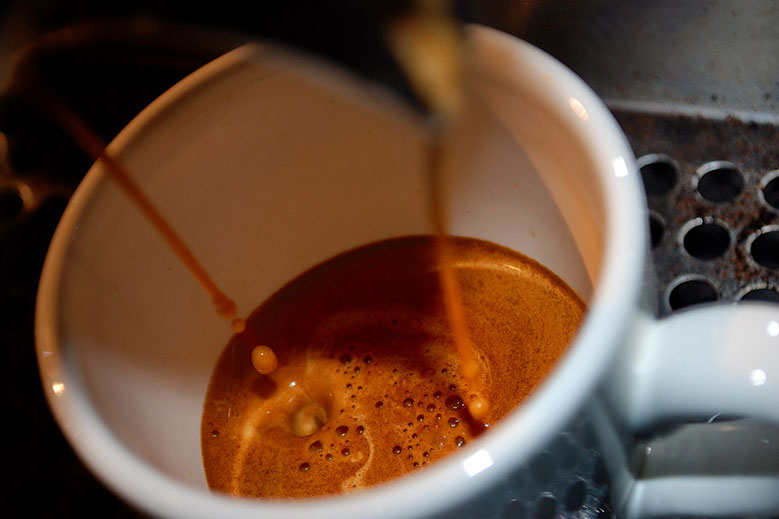Okotest tested 20 different egg brands and the result is shocking: only four organic eggs passed the test, and five egg types were even rated as unsatisfactory.
Which egg is the right one?
Easter is just around the corner and the chicken egg market is booming. Barn farming, free-range farming, or organic eggs: in the supermarket, we often have a wide range of chicken eggs to choose from. But even if we choose the high-priced organic product, this does not automatically guarantee a high-quality product. Ökotest tested 20 chicken eggs from different manufacturers for harmful substances, quality, and chicken husbandry. The main focus of the test was chicken husbandry and its transparency.

In the course of the test, questionnaires were sent to the suppliers of the chicken eggs, and receipts such as delivery notes were requested. In addition, laboratories examined the eggs for salmonella, dioxins, and the insecticide fipronil, among other things.
The frightening result: five eggs in the test, including those from Aldi and Lidl, scored “poor”, eleven products ended up in the middle and only four organic eggs passed the test with “very good” and “good”:
- Alnatura 6 organic eggs brother chick initiative, Bioland
- Alnatura Origin 4 organic eggs, mobile chicken coops, Bioland
- Chicken & Rooster 6 fresh eggs with rooster rearing, Bioland
- Heinlein 6 German organic eggs
Male chicks are usually killed
The main points of criticism in the test were the lack of space in the laying farms and the killing of male chicks. Male chicks were killed immediately after hatching on 15 of the 20 farms tested. This happened with eggs from conventional farming, but also with some eggs from organic farming.
Because male chicks neither lay eggs nor provide an economically viable meat portion, they are often of no value to the egg industry. The animal rights organization Peta found that more than 50 million male chicks are killed every year – this practice also applies to many suppliers of organic eggs. Although there have been calls for a law against so-called “chick shredding” at the political level for some time, no concrete action has been taken to date.
Chicken husbandry is often insufficient
Anyone who thinks of organic and free-range eggs in spacious enclosures in the countryside will reconsider this image after the results of Ökotest. Although six organically reared chickens are legally entitled to one square meter of space (nine chickens per square meter with conventional rearing), this regulation does not apply to the rearing of pullets. The German Animal Welfare Association recommends keeping a maximum of 14 pullets per square meter, but according to the Ökotest, conventional suppliers such as the organic eggs from EZ Fürstenhof, Rewe, Edeka, and Real exceed these guideline values.

The production chains also leave questions unanswered: information on the parent stock farms from which the eggs of the laying hen chicks come is often missing. In some laying operations, the chickens are fed exclusively from flour and in the laying operations for products from Aldi Süd, Rewe and Lidl, there are no sand baths for preening.
As frightening as the Ökotest results are, you don’t have to go without eggs. It is best to buy locally at farms where you can see the rearing conditions or from suppliers who guarantee the rearing of the male chicks: You can find sales outlets for the Bruderhahn Initiative here.

